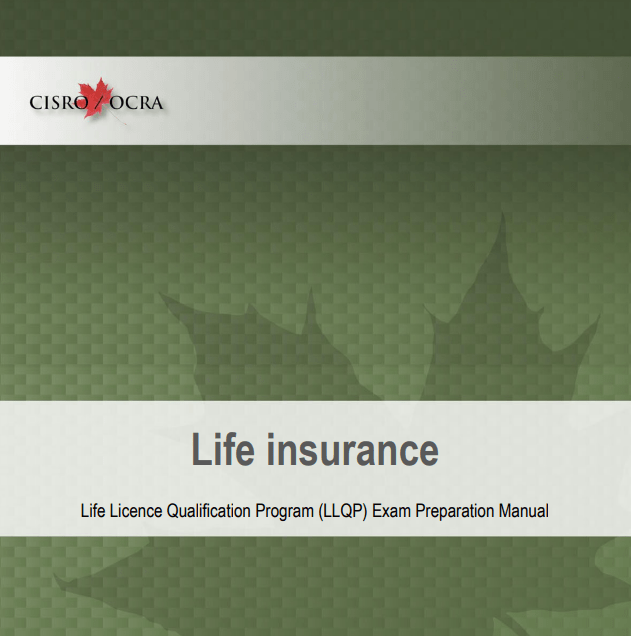
Understanding Your Credit Score
In understanding your credit score we must first define what it is. The Credit Score is a numerical representation of your current and past credit and can range between 300 (the lowest score representing the worst) and 900 (the highest score representing the best). The scoring model used by Equifax and Transunion is based on the FICO (Fair Isaac Company) model in the United States.
Mortgage brokering in Ontario is regulated by the Financial Services Commission of Ontario (FSCO) and requires a license. To obtain a license you must first pass an accredited course. The Real Estate and Mortgage Institute of Canada Inc. (REMIC) is accredited by FSCO to provide the course. For more information please visit us at www.remic.ca/getlicensed or call us at 877-447-3642.
There are currently two reporting agencies operating in Canada, Equifax and Transunion. Equifax’s credit score is called the Beacon Score while TransUnion’s is called Empirica Score. For a lender, the score plays a significant factor in the decision to lend, and in determining the terms and conditions of a loan. There are several major items that can affect your score:
Mortgage brokering in Ontario is regulated by the Financial Services Commission of Ontario (FSCO) and requires a license. To obtain a license you must first pass an accredited course. The Real Estate and Mortgage Institute of Canada Inc. (REMIC) is accredited by FSCO to provide the course. For more information please visit us at www.remic.ca/getlicensed or call us at 877-447-3642.
Payment History
Missing or late payments will have a negative effect on a score. It is important to ensure that all payments are made on or before their due dates, and in the correct amount. Any judgments, bankruptcies, collections and other public records are considered quite serious and have a significant detrimental impact on a credit score.
Amounts Owed
A good rule of thumb is to keep balances below thirty-percent of the available credit limit. Balances over this amount may lower the score. Having several accounts with high balances in relation to the available credit may indicate that the individual is relying heavily on credit to meet his or her daily living needs.
Length of Credit History
The longer a trade line has been established, the higher the credit score. Therefore if an individual is considering closing an account he or she should consider closing the most recently opened account.
New Credit and Inquiries
Multiple inquiries can lower a score. The program can determine that an individual is a credit seeker. However, if an individual is seeking mortgage or auto financing, the program allows for a thirty-day buffer. For example, if an individual applies for a mortgage on November 30th, and the credit report shows three previous inquiries in November, the program will ignore those three inquiries since they took place within the thirty-day buffer zone.
In addition, if the individual has mortgage or auto inquiries on his or her credit report outside of that thirty-day period, the program will only count them as one inquiry provided that they were made within a fourteen-day period. However, multiple applications for other types of credit such as personal loans and credit cards will lower an individual’s credit score. The program also takes into account the length of time since the last new account was opened.
Types of Credit
The best mix of credit is a combination of a store card and a major credit card such as a Visa or MasterCard. It is important not to have too many, however, as the number of trades on a file can negatively impact a credit score.
Number of Trades on File
Too many credit cards and loans may also lower an individual’s credit score. By having only a few trade lines, an individual’s score may be improved.
Credit Inactivity
Using credit responsibly is one of the fastest ways to increase a score. Unfortunately those who only use cash to make purchases can have a lower score than those who regularly use credit. The following figure provides an example as to how a score might be calculated. Although this is only part of the model that Fair Isaac uses, the following was disclosed by Fair Isaac when it presented to the Federal Trade Commission in Washington, D.C. on July 22. 1999. Since the scoring models used by the credit bureaus are proprietary, and although the following chart may be modeled on them, this is only for illustration purposes and does not insinuate nor purport to be how Equifax, Transunion, or any other credit bureau determines a credit score.
If you found this article helpful, please share it with your community!











